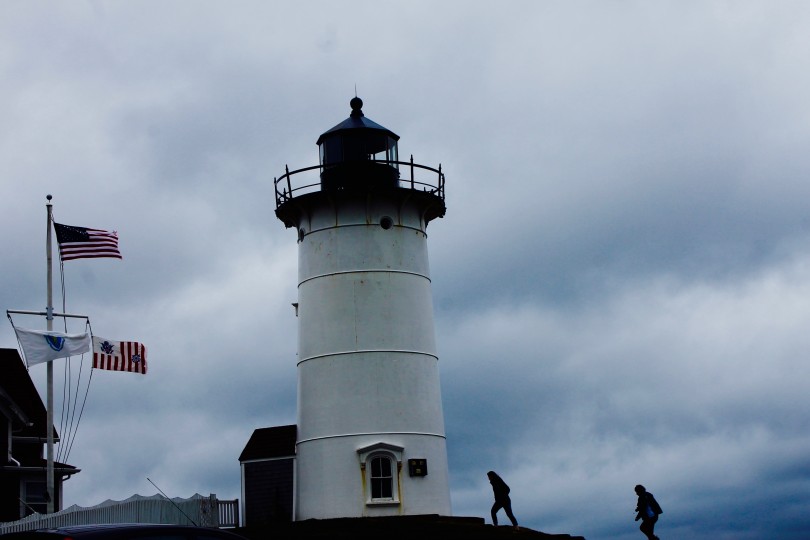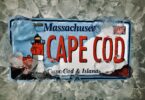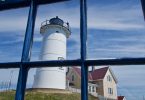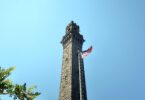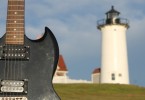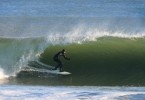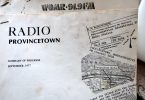WOODS HOLE – “When you are given the keys to a lighthouse, there’s no pretense that you own it,” said Brian Nickerson, a board member of Friends of Nobska Light, the non-profit that took over management of Nobska Lighthouse on Monday. “Everyone who visits owns it.”
On Monday, the Coast Guard, which has operated Nobska Lighthouse since 1915, licensed operation of Nobska to the town of Falmouth, which then granted stewardship to Friends of Nobska.
Friends of Nobska Light was founded by four non-profits: Historic Highfield, Falmouth Historical Society, Woods Hole Community Association, and Woods Hole Museum.
“Everyone who visits owns it.” – Brian Nickerson, board president of Friends of Nobska Light
“We were formed specifically to take over the restoration and management of Nobska Light Station,” said Catherine Bumpus, Executive Director of Friends of Nobska Light, and a board member of the Woods Hole Community Association.
“I think there’s a lot of passion and enthusiasm for it,” said Bumpus. “Quite fundamentally, it’s going to take the community to put Nobska on a firm foundation to keep it going.”
“I’m not sure where I heard it,” said former state representative Eric Turkington. “Somebody mentioned it. It was floating around.”
In late 2013, Turkington, a board member of the Woods Hole Community Association, was in Woods Hole when he heard a rumor that the Coast Guard was planning to dispose of Nobska Lighthouse. He brought word of what he heard to the association board meeting.

